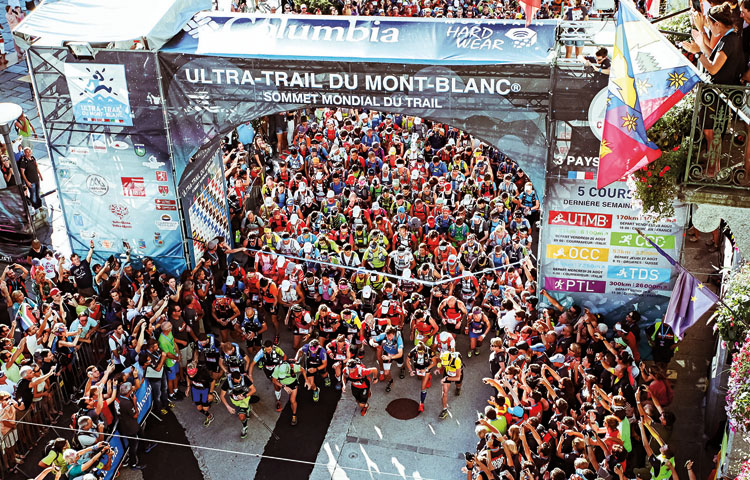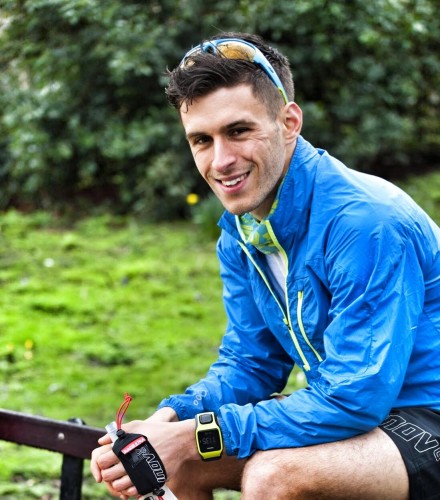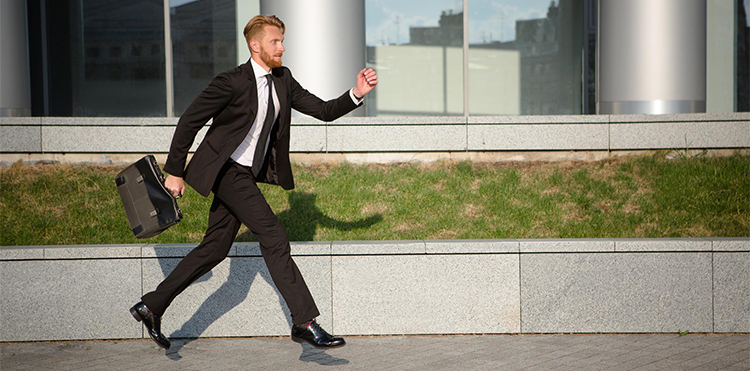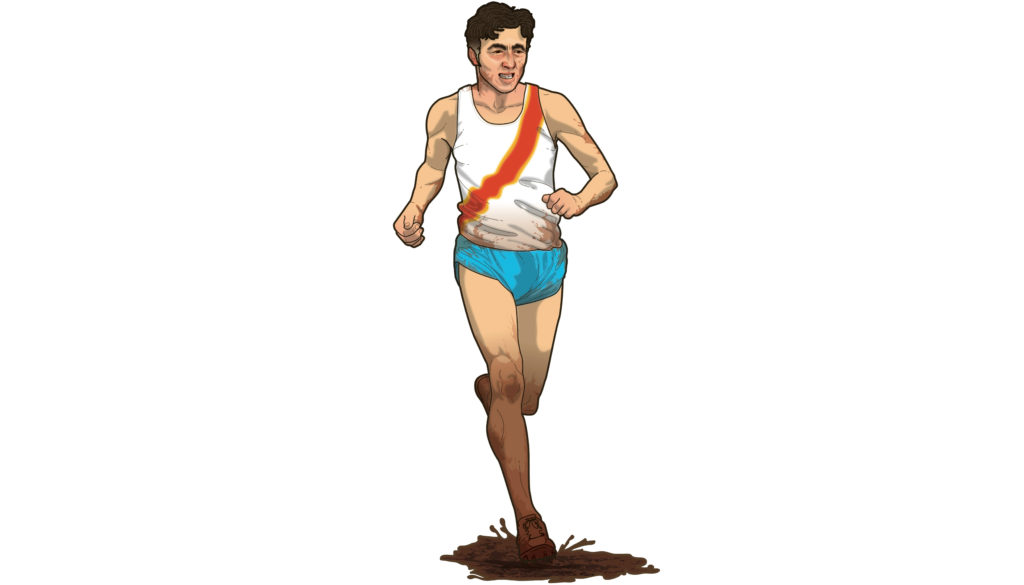
Runners set off at the recent Ultra-Trail du Mont-Blanc
Cheating is everywhere – some might say it is human nature. But we like to hold athletes above the usual levels of society and think that some sports are clean.
No one would cheat in ultrarunning, right?
Recently it was revealed that Gonzalo Calisto of Ecuador, who placed fifth at the 2015 UTMB, tested positive for synthetic EPO at the end of the event. Does this mean that the top level of ultrarunning is filthy? Or is this just one rotten egg in a basket full of good eggs? From my experience of racing ultras, I’d say it’s somewhere in-between.
The majority of people get into ultrarunning not for fame and fortune, but for personal achievement. It’s not about the cash. (I once won a pair of socks for running 45 miles in record time, having paid £50 to enter: you do the maths.)
If you want to become famous, you’re better off trying to sleep with someone who’s already famous. It’d be a lot easier.
Yet our sport has its cheats. Stories exist of runners getting into cars, taking huge shortcuts or even driving across countries to claim new records.
So what about testing? It’s basically non-existent and that’s probably because the money isn’t there to implement it. Tests cost money, and few are willing to put up the dollar. So who should pay? Many races don’t make a huge amount of money (although some do) and sponsors don’t want to potentially fund catching their own athletes, do they? This athlete would happily pay a yearly subscription to an anti-doping fund, but we’d all need to get behind it.
The beautiful thing about ultrarunning, however, is that the cheats don’t always win. There are too many factors involved beyond physical fitness and it is possible to be at the front without cheating.
I know this to be true. And when I one day become an Ultrarunning World Champ, I know I’ll be doing so completely clean.






